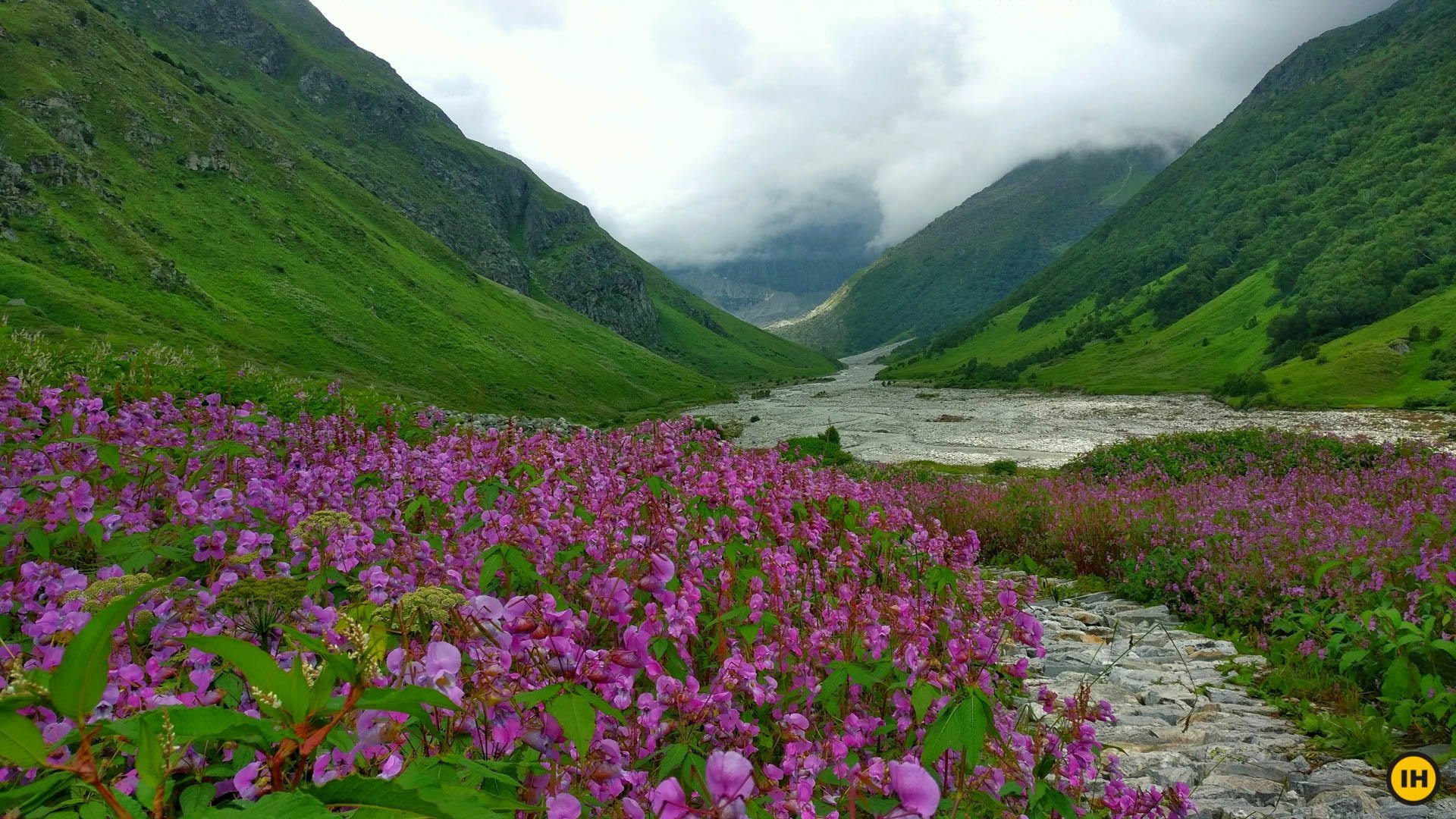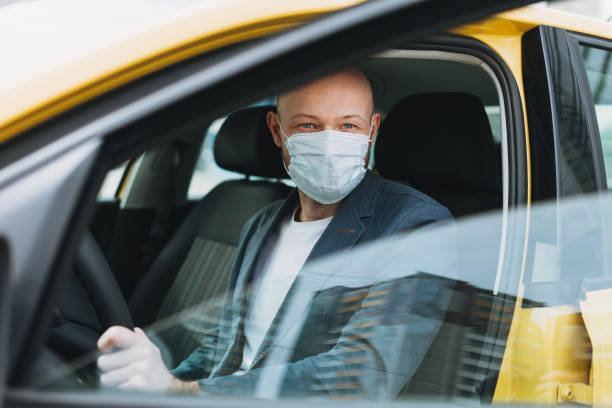Valley of Flowers Trek
One of India’s most well-liked Himalayan treks is the Valley of Flowers trek. Even those who have never visited the Himalayas are familiar with the Valley of Flowers hike.
Valley Of Flower is one of India’s oldest known treks, which is a good justification for its legendary fame. The Park was established by the Indian government in 1980, and UNESCO designated it as a World Heritage Site in 2002. Because of this, trekkers from all over the world are adding Valley of Flowers to their bucket lists.
Having said that, you should be aware that the Valley of Flowers hike is challenging. It’s a somewhat difficult trip with significantly longer trekking days and a demanding ascent to Hemkund Sahib.
Itinerary
DAY 1
- Driving from Govindghat to Rishikesh
- From Rishikesh, the travel is 269 kilometres long and takes 11 hours.
DAY 2
- Drive to Poolna from Govindghat. To Ghangaria, hike
- Distance travelled: 4 km; time taken to travel: 1 h
- Trekking distance: 9 km; hiking time: 5–6 hours Gain in altitude: 6,215 to 10,520 feet
DAY 3
- Valley of Flowers to Ghangaria and return.
- Trek distance: 3.7 kilometres one way; trek time: six hours; elevation gain: 10,520 to 11,550 feet.
DAY 4
- Hemkund Sahib to Ghangaria and returning.
- Trek distance: 6 kilometres (km) each way; trek time: 8 to 9 hours; elevation gain: 10,520 to 14,107 feet.
DAY 5
- Trek from Poolna to Ghangaria. To Govind Ghat, drive.
- Drive distance: 4 km; Trek distance: 9 km; Trek time: 4 hours; Altitude loss: 10,520 feet to 6,215 feet time period: 30 minutes.
DAY 6
- From Govind Ghat, take a car to Rishikesh.
- Driving Distance: 269 kilometres; Driving Time: 9 to 10 hours.
Weather
India’s monsoon and post-monsoon seasons are best for hiking in The Valley of Flowers. Early September, July, and August are the ideal months to explore the Valley of Flowers. The majority of flowers blossom at this season and shimmer in the warm sun. You can walk across a vast field of blossoming, vibrantly coloured flowers if you arrive at the appropriate time.
The temperature doesn’t really drop because it’s post-monsoon. The temperature varies from 5 to 10 degrees Celsius on average during the day, and from 0 to 5 degrees Celsius at its coldest point at night.
The fact that the weather is lovely all day long is one of the best advantages of this season. Even a group of clouds descends and hovers just above your head when it is raining.
You will, in general, enjoy the most wonderful experience you have ever had in terms of the weather. The valley has the advantage of being colder because it is located at an elevation of around 10,000 feet above sea level.
Places to rest your tired bones
On this expedition, the exhilarating camping experience will be the only thing you miss. What’s more, we’ve chosen a handful of the top inns in the valley to provide you the most extraordinary experience we can.
In the guesthouse that has been reserved, you will receive shared rooms on a daily basis. When you travel with us, you won’t have to bother about lodging or meals. One extra benefit of staying in guesthouses over camping is having access to the adjacent bathrooms.
Difficulty level
The level of difficulty for this hike is low to moderate. The valley trail is a rather simple and uncomplicated one. You won’t encounter any issues while hiking through, especially during the autumn due to the meadows and flowers.
Only when climbing the Hemkund Sahib route is it possible to become weary or experience hardship. Due to the incline of the trail, the elevation quickly rose from 9,500 feet to 15,200 feet. The trek also offers stunning views of the vast Himalayas and the entire Phoolo ki Ghati valley, which is known as the valley of flowers.
This walk is doable for everyone, from children over the age of five to seniors over the age of 75, in terms of overall difficulty.
Things to Do
Trekking
It is a fantastic location for hiking and mountaineering because it is situated at the meeting point of the magnificent Zanskar mountains and the eastern and western Himalayas. The 17-kilometre hike begins in the village of Govindghat. The walk is surrounded by breathtaking views of thundering waterfalls, thick forests, and majestic Himalayan peaks. The distance between Govindghat and Ghangaria is 14 kilometres. It is a small hamlet and the final place where people live before reaching Uttarakhand’s Valley of Flowers National Park.
Communal strolls
Before arriving at the Valley of Flowers, Ghangaria is the last place where people live. Additionally, Hemganga and Pushpawati Rivers, formerly known as Lakshman Ganga, meet at this location. Although the majority of the year is spent in snow, it is recommended that you schedule your trip around May through September. The difficult climb, though, will be well once you see this charming and peaceful community. It’s a terrific location for hiking, town strolls, and seeing nature and the outdoors in all its raw beauty.
Bird Watching
The Valley of Flowers will be a treat for everyone who enjoys observing birds! This area, which is home to both exotic and Indian Himalayan species, is sure to present you to a variety of new birds, including the Himalayan golden eagle, Himalayan snowcock, snow partridge, snow pigeon, and sparrow.



